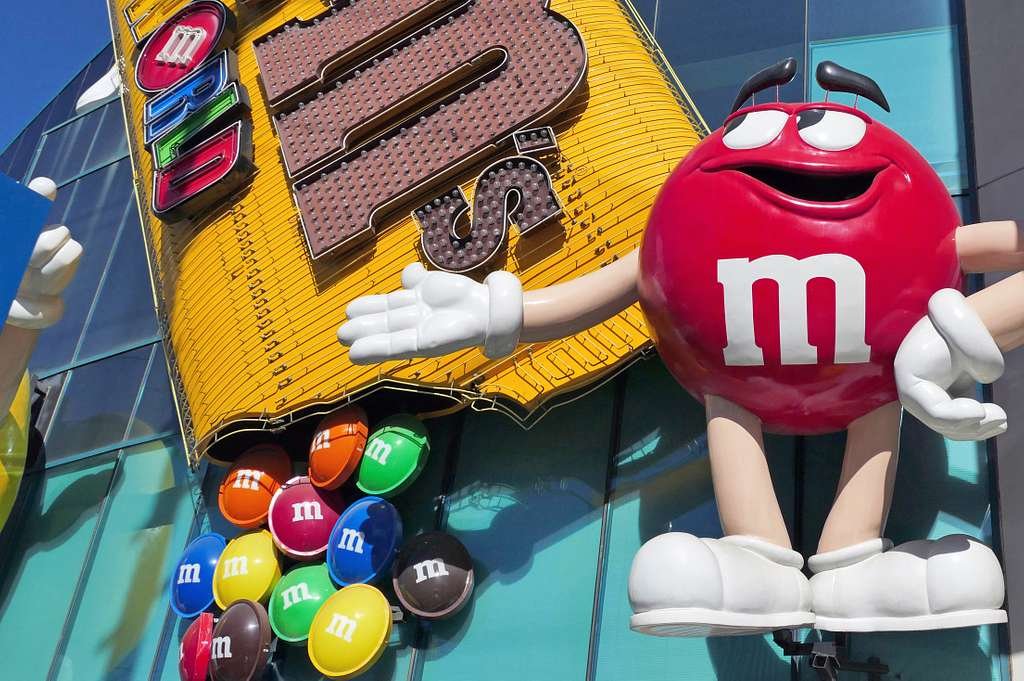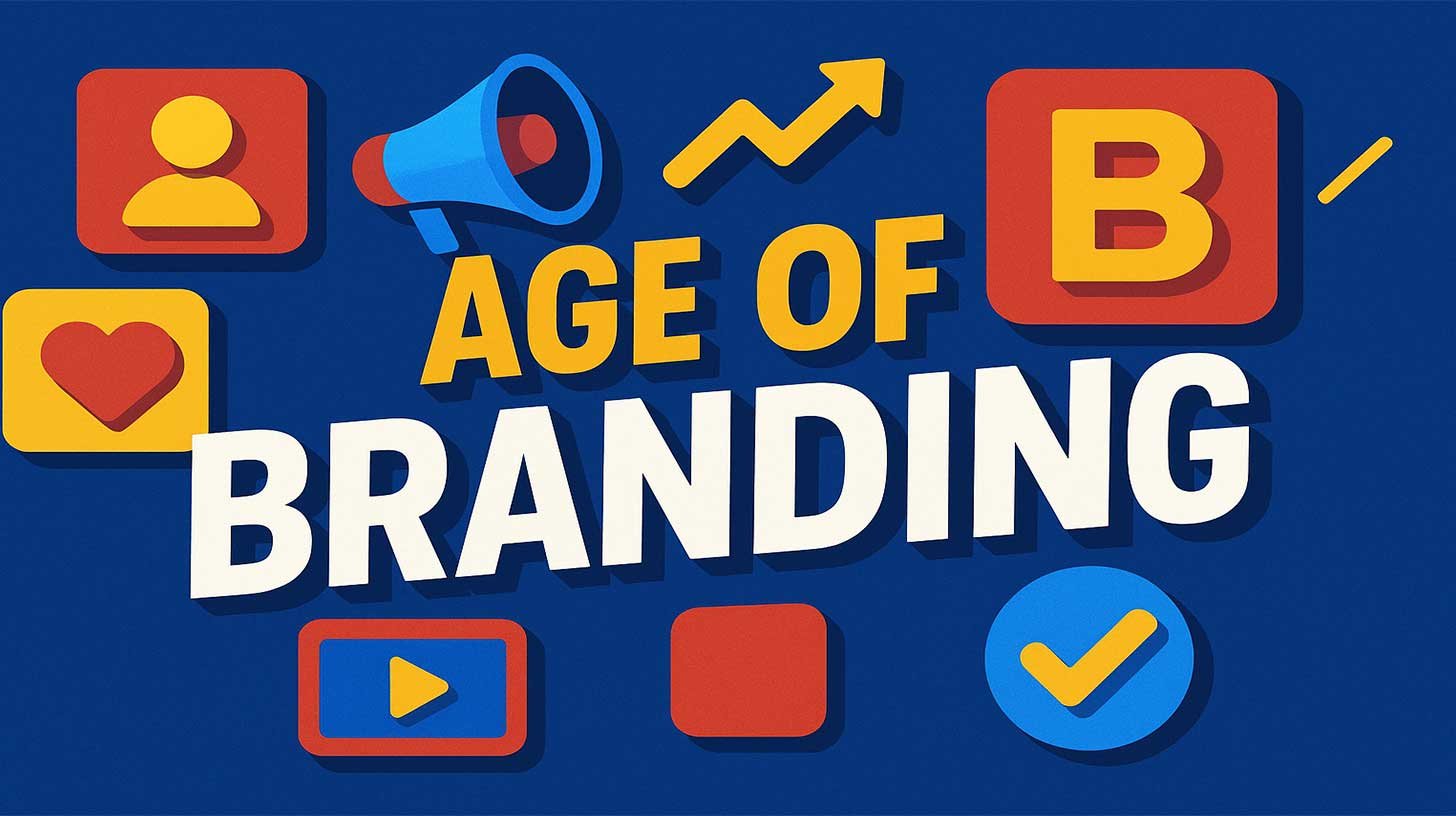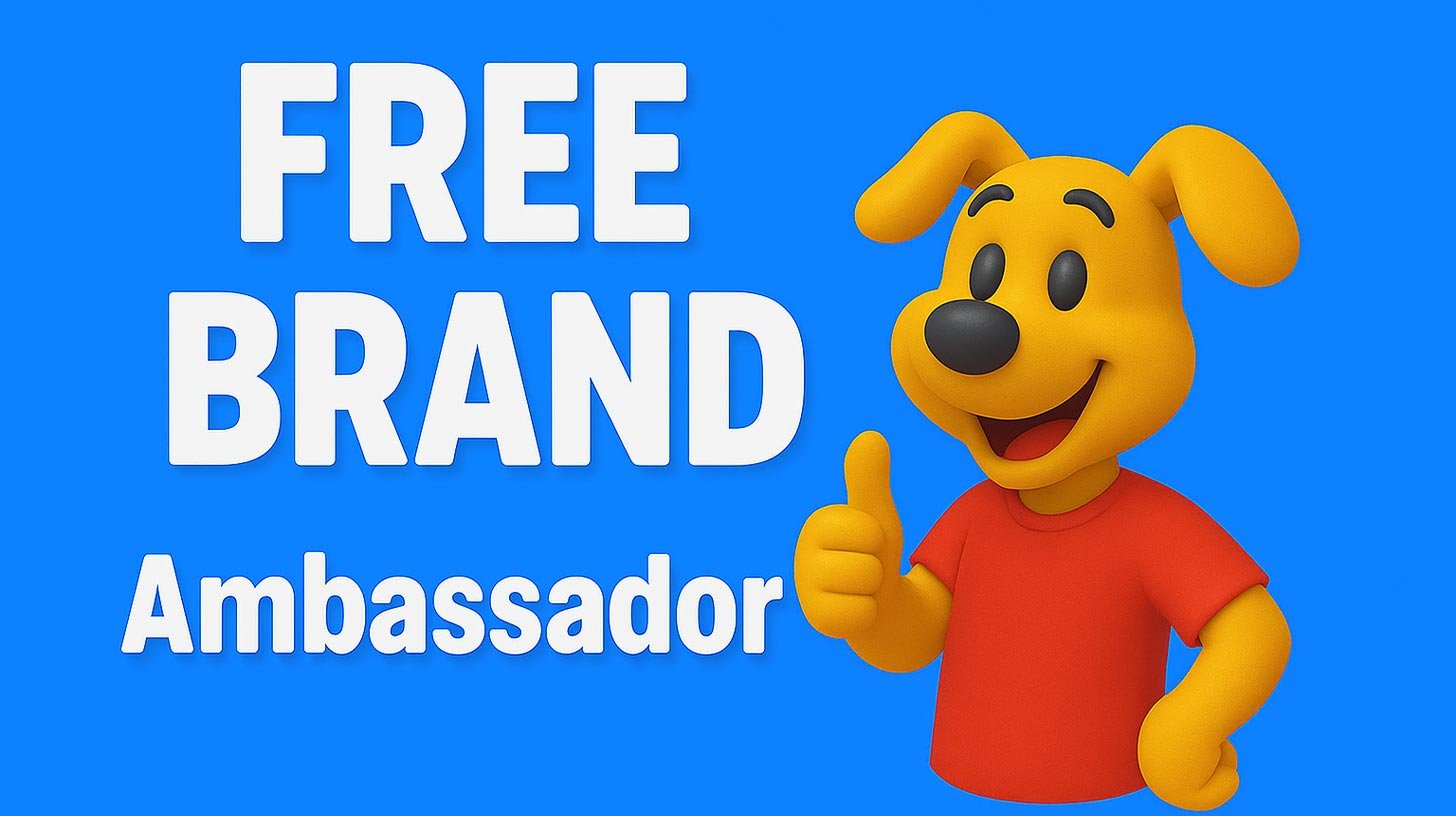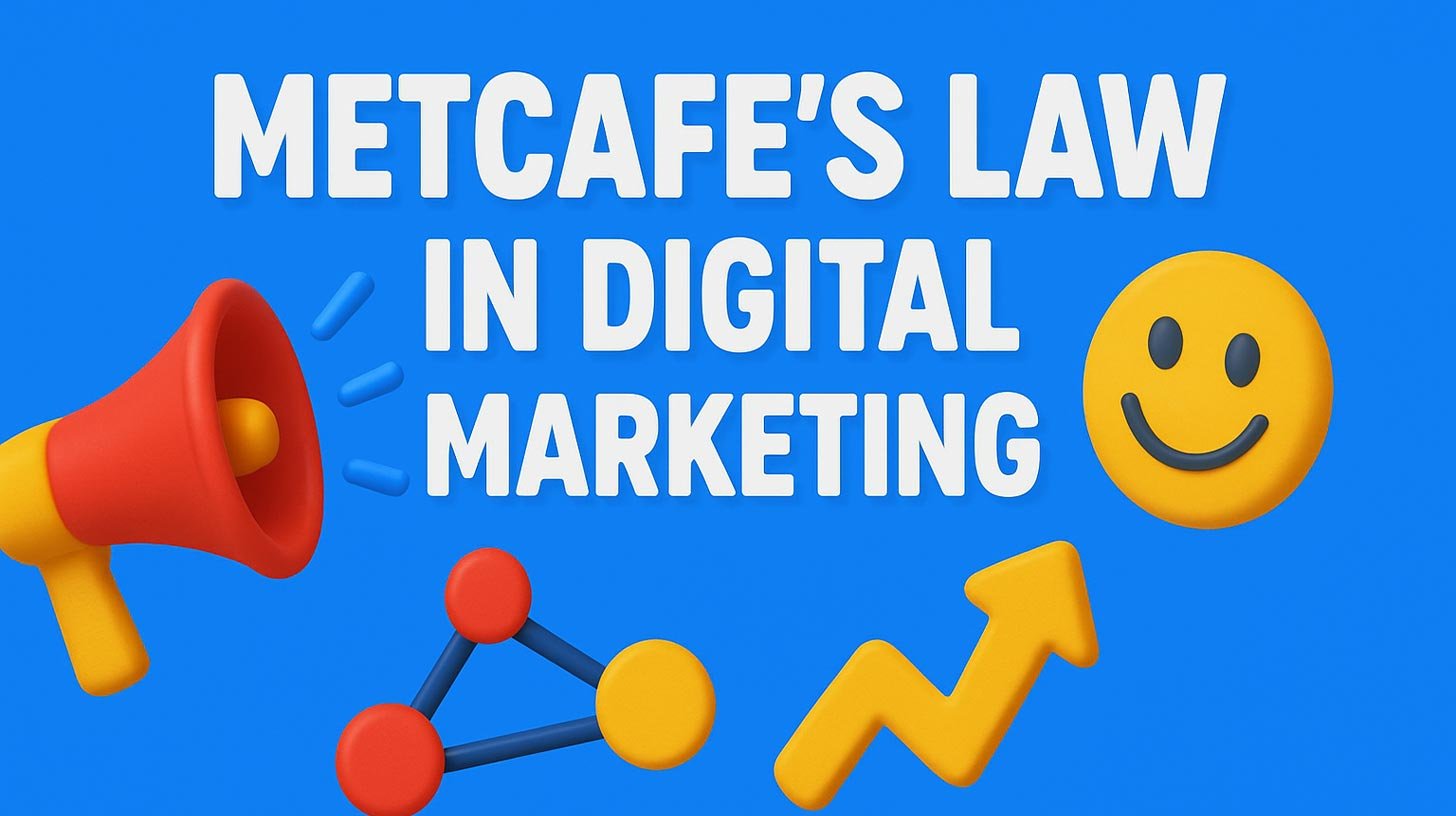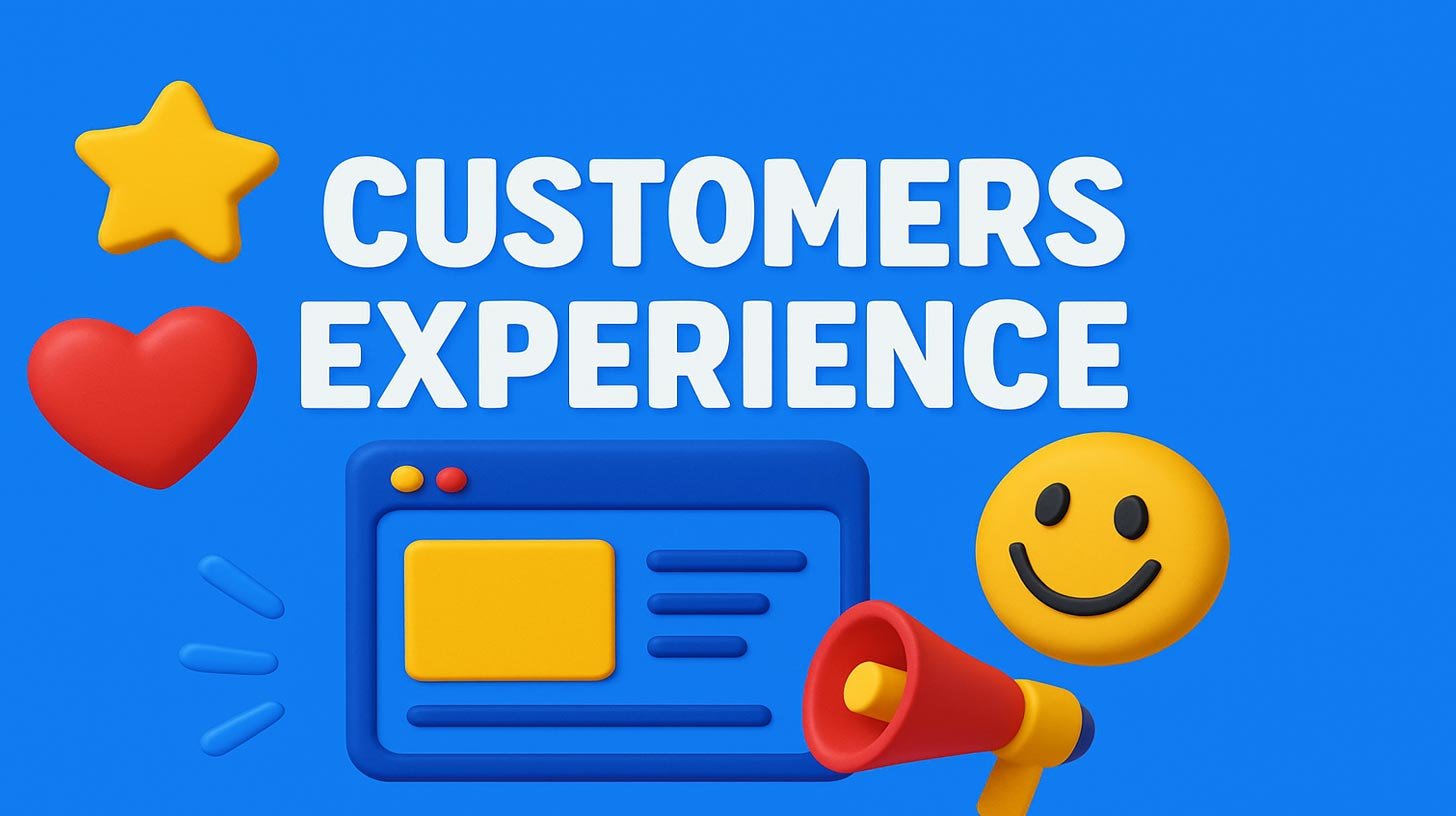Mascot Branding Magic: How M&M’s Spokescandies Transformed a Fading Candy Empire
Are you a small business owner struggling to stand out in a crowded market? Do your marketing efforts fade into the background, no matter how much you spend? You’re not alone. Branding for small businesses is a battlefield; even great products get lost without a memorable identity. But what if a single investment could turn your brand into a household name? Enter mascot branding—a strategy that saved M&M’s from obscurity and can do the same for you. Keep reading to discover how a well-crafted mascot can rewrite your brand’s destiny.1. The Problem: M&M’s Pre-Mascot Identity Crisis
In the early 1990s, M&M’s faced a looming disaster. Despite being a classic candy, sales stagnated as competitors like Hershey’s dominated shelves. Their tagline, “Melts in your mouth, not in your hands,” was iconic but aging. The brand lacked personality, relatability, and emotional connection—a common pitfall in branding for small businesses today. Without a face to humanize their product, M&M’s risked becoming irrelevant.
2. The Mascot Branding Revolution Begins
In 1995, Mars, Inc. took a gamble: they introduced Red and Yellow, two animated candy characters with distinct personalities. These mascots weren’t just cute—they were strategic tools designed to inject humor, relatability, and modernity into the brand. This underscores a critical lesson for small businesses: Mascot branding isn’t a frivolous expense—it’s a growth catalyst.3. Why Mascot Branding Works: Psychology Meets Profit
Mascots tap into primal human instincts. They evoke familiarity (like a friend), simplify complex messaging, and create emotional bonds. M&M’s characters became avatars for consumers, transforming candy into a storytelling medium. For small businesses, this psychological edge is invaluable. A mascot like Red or Yellow turns transactions into relationships—an ROI multiplier.4. The M&M’s Playbook: How Mascots Saved the Brand
- 1995 Launch: Red (sarcastic) and Yellow (chill) debuted in ads that framed them as “spokescandies.”
- Cultural Relatability: Their banter mirrored sitcom dynamics, making ads binge-worthy.
- Sales Surge: By 1996, M&M’s became America’s #1 candy.
5. Advertising Campaigns That Made History
M&M’s leveraged their mascots in unforgettable ways:- Super Bowl Spectacles: Their 2012 Voice parody ad trended globally.
- Viral Stunts: Red “quit” in 2022 to promote inclusivity, sparking a media frenzy.
- Cross-Industry Tie-Ins: The mascots appeared in movies, games, and even merch.
A brand elevate with the magic of design + content creation!
6. Small Business Takeaway: One Investment, Infinite Returns
Imagine spending once on a mascot that pays dividends for decades. M&M’s did it—and so can you. A professionally designed mascot becomes a versatile asset:- Social media star
- Brand Ambassador
- Emotional anchor
7. Why DIY Mascot Branding Fails
Most small businesses make a fatal mistake: treating mascots as clipart projects. M&M’s succeeded because their characters were crafted by experts who understood:- Personality Archetypes: Red’s wit vs. Yellow’s optimism.
- Visual Psychology: Bold colors for memorability.
- Cultural Timing: Adapting to trends (e.g., adding Purple for inclusivity).
8. Fantastime: Where Hollywood Meets Mascot Branding
Fantastime isn’t just a design agency—it’s a storytelling powerhouse rooted in cinema and TV. Their team knows how to create mascots that:- Evoke Emotion: Like M&M’s characters, Fantastime’s designs resonate deeply.
- Drive Action: Their mascots aren’t just cute—they sell.
- Adapt and Evolve: Like M&M’s added Blue and Green, Fantastime ensures your mascot grows with your brand.
9. Your Mascot Branding Journey Starts Here
- Visit Fantastime’s SBBS Hub: Discover small business branding tools here.
- Explore Mascot Design: See how Fantastime’s mascot design service can transform your brand.
- Act Now: M&M’s waited until they were desperate—don’t make the same mistake.

